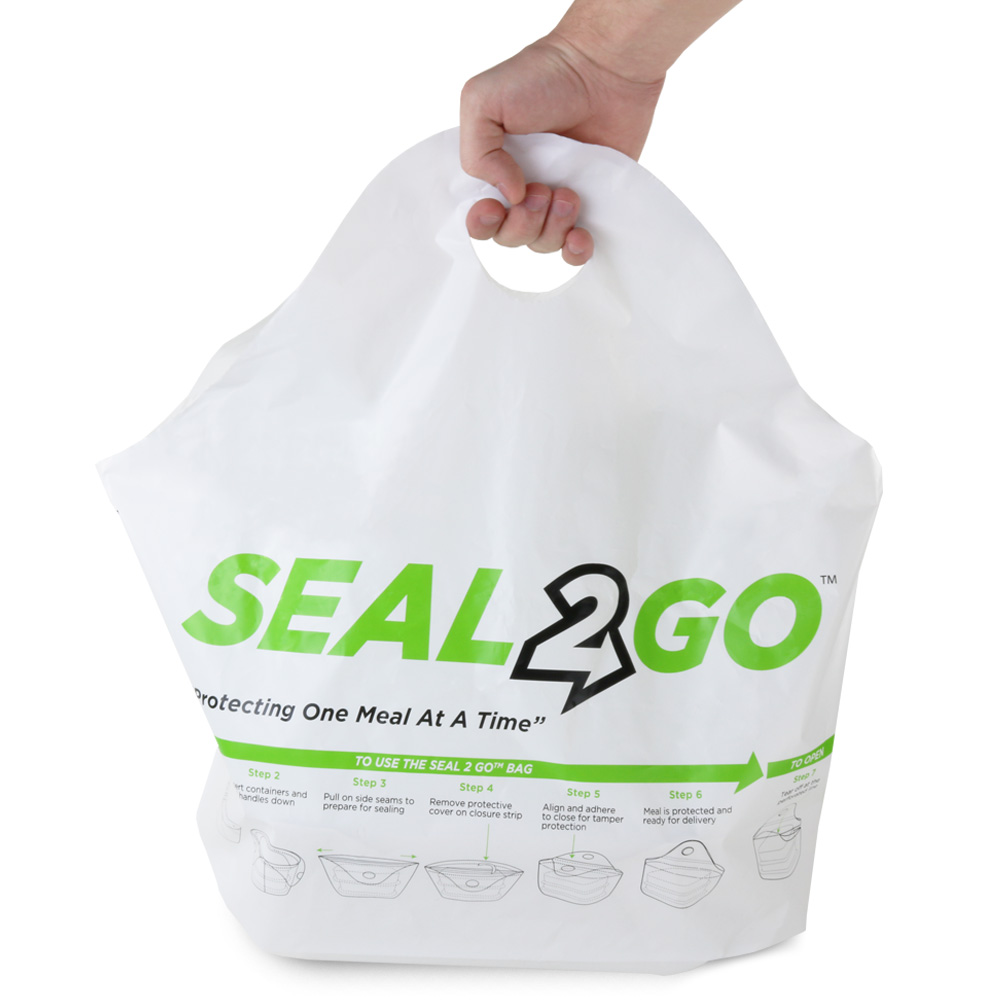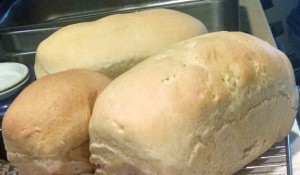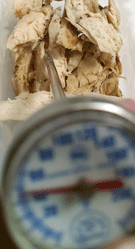When I was a teenager, I worked at a large franchise fast food place. I remember one night while closing the assistant manager told me to take the leftover toppings from the salad bar and pour them back into the original container. Even my 16-year-old self knew that was wrong and it sent a message to me that the rules don’t matter.
When top management puts profits over food safety and quality control, they are putting the customer last. The staff see this and take the attitude of “If they don’t care, why should I”. Without a positive food safety culture, employees can get frustrated at the lack of leadership, customer service suffers, quality control does not exist and customers stop coming in the front door.
A positive food safety culture starts at the top and flows on down to the staff that grind out every day getting it done. When the owners, general managers and top staff create an environment focused on food safety and quality control the staff can work more efficiently. When there is a plan with expectations the staff understand what is expected of them and the staff work more like a team. Happy Team – Happy Customer.
Let’s talk about what we can do to develop a Positive Food Safety Culture in your facility.
You do not need to recreate the wheel. If you are a Maryland facility, you already have a written HACCP plan and that should be an excellent framework to build upon. However, if it is sitting on the shelf gathering dust it is not serving any purpose. Go get that HACCP plan, dust it off and let’s get to work.
First things first, let’s assess the current systems in place. I have created a list of questions you should ask yourself.
- Do you make Food Safety a priority in your restaurant?
- If you thought, well yes, of course we do. What do you specifically do to communicate that to your staff?
- Does the existing HACCP plan represent your current menu?
- Are the SOP’s a reflection of the current processes and procedures currently in use?
- Do the SOP’s include the written policy, monitoring, corrective actions and verification steps?
- Are the food process charts or recipe cards written in a clear understandable way so that employees can follow them? Are they being used, especially by new staff?
- What is the current status of the restaurant?
- Take inventory of where deficiencies are noted by past local health inspection and perform an in-depth inspection of the facility. Depending on the size of your facility, 0ur 3rd party inspection checks for over 300 line items and rates them. Providing you with a snapshot of how your facility is doing.
- Check all the online rating services like Google & Yelp. Do you see similar complaints over and over?
- What are the current employee training methods?
- Are they verbal, written, a computer or video-based learning system?
- Do they seem to be effective?
- Are some of your complaints or health department deficiencies directly related to an employee not following company standards or violating food safety laws?
- How is your current communication between management and staff?
- Does staff feel comfortable informing you of potential problems?
- Do staff work as a team or is it every person for themselves?
- Do managers often say they feel like they are playing wack-a-mole?
- Do you have regular staff meetings with and without managers?
After answering these questions do you still feel like you have a positive food safety culture that focuses on providing the best experience for your customer? Not to worry, we can help you work though the challenges that your facility faces. SMF Training & Consulting can work with you to establish a working Food Safety Management System where the focus will be on providing safe food and excellent quality control. We will work within your budget to get you where you need to be for the best customer experience. Give us a call today for a free 1-hour consultation.



 Do you make a great cookie or tasty home-baked bread? Do your friends and family always ask you to decorate cakes for them?
Do you make a great cookie or tasty home-baked bread? Do your friends and family always ask you to decorate cakes for them? Norovirus is the number one pathogen that causes foodborne illness in this country! It is responsible for an estimated 20 million cases of each year.
Norovirus is the number one pathogen that causes foodborne illness in this country! It is responsible for an estimated 20 million cases of each year. illness?
illness? How often do you check your cold hold and hot hold temperatures?
How often do you check your cold hold and hot hold temperatures?